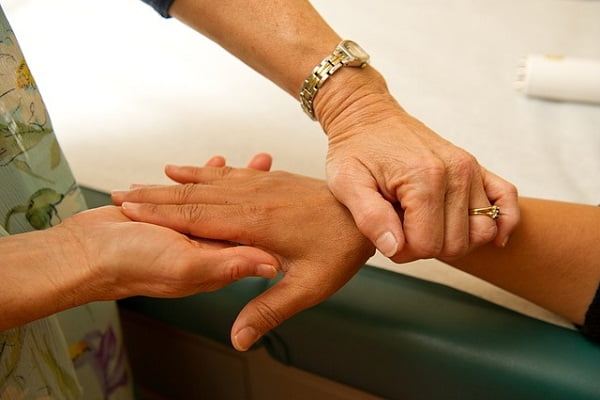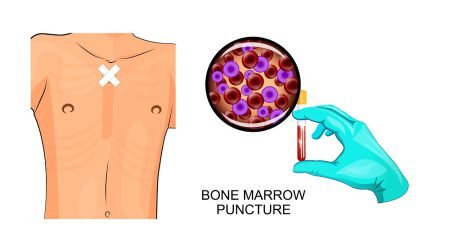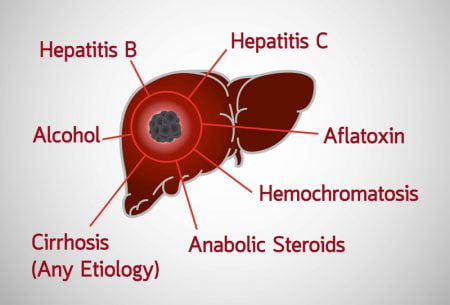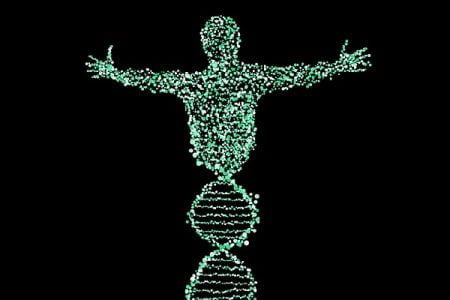Preparing For Your Appointment With A Doctor For Castleman’s Disease
- Updated on: Jul 13, 2024
- 2 min Read
- Published on Oct 3, 2019


Can Castleman’s disease be cured?
Yes, Castleman’s disease can be cured depending on certain factors, such as severity of the condition and the type of Castleman’s disease. Surgical removal of the lymph node is recommended (in most cases) for unicentric Castleman’s disease. Several types of treatment approaches are available for multicentric Castleman’s disease such as antiviral drugs, immunotherapy, and chemotherapy to control overgrowth of the cells.
Preparing yourself before visiting a doctor for Castleman’s disease
If a patient is suffering from Castleman’s disease or any other blood-related disorders, he or she should visit a hematologist at the earliest to avoid long-term complications. Here are some key points which a patient should note down and prepare answeres for sharing with his doctor before going for a visit to the doctor:
- When did the symptoms of the disease appear and the time since it all began.
- Share all the medical information and provide our doctor your entire medical history.
- A patient should prepare a chart of some important questions which he should know, such as:
- Understand the difference between a localized/unicentric CD or multicentric CD.
- Know about all signs and symptoms associated with Castleman’s disease.
- Ask the doctor about the kind of tests that are needed for the diagnosis.
- Ask for the recommended treatment depending upon the medical history.
- Understand the link between HIV infection-AIDS and Castleman’s disease.
- Ask your doctor about the influence other diseases or conditions can have on the prognosis (outlook) and treatment of CD.
Here are some things a doctor might need to know about Castleman’s disease
- Medical history, especially if the patient is suffering from any other health condition, such as HIV/AIDS or Kaposi’s sarcoma?
- How do symptoms vary with time?
- Were the symptoms continuous or occasional?
- Are the symptoms severe? What kind of difficulty a patient faces during the condition?
What happens after visiting the doctor for Castleman’s disease?
If the doctor, through physical examination and medical history, suspects that the symptoms are associated with Castleman’s disease, he will recommend blood tests, imaging scans and biopsy for Castleman’s disease to confirm the diagnosis.
When a treatment plan is proposed, the patient should first consider these options:
- Taking a second opinion from a more senior hematologist before starting the treatment is helpful.
- Keep in mind all the recommended treatment choices.
- Understand the recommended treatment procedure and the need for it.
- Side effects of the recommended treatments and ways to reduce them.
- Analyze the effect of the treatment of Castleman’s disease on your daily life
- Know about the outlook for survival
- Know about the chances of revival of the disease even after the treatment is complete
- How important is the follow-up after the disease is treated successfully
After the treatment is over, the patient should watch symptoms carefully and see if there are possibilities of cancer to come back.












